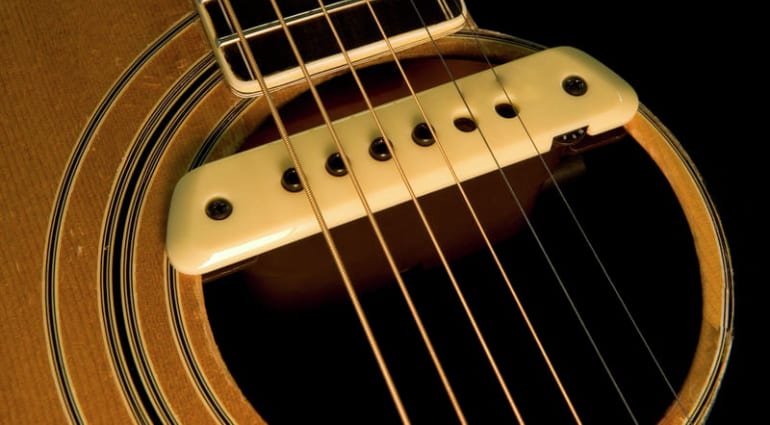
The acoustic guitar is a splendid instrument: It can sufficiently fill a song on its own and in union with a voice it can represent a complete song. Not to mention the sound of the instrument itself: rich in frequencies, it can soothe in the rhythmical and heavy numbers as much as in the soft and arpeggiated ones. There is a huge “BUT” in all of this: amplification. What is the best way to amplify an acoustic guitar and get a good sound? Let’s find out!
An acoustic guitar, in the recording studio, should always be mic’d (if possible, with a stereo microphone configuration). That said, it is obvious that in a live situation, rehearsal or in the absence of adequate gear, recording the guitar becomes a problem.
The most widespread method is certainly that which involves a piezo-electric pick-up: alternatively, during the years, magnetic pick-ups (pick-up placed in the sound hole), contact pick-ups (normally installed inside the instrument), microphones and hybrid systems have also become popular.
PIEZO
The piezo-electric pick-up or undersaddle (literally: which is under the bridge saddle) is one of the most popular amplification systems on stringed instruments. Capturing the vibrations of the guitar’s top, the piezo is equipped on all the amplified guitars and normally has an active circuit (which therefore requires power supply via a 9V battery). Among the disadvantages of the piezo we find a very ‘mediocre’ sound that takes little account of the overall sound of the instrument, while among the advantages we definitely have a very high resistance to feedback (useful in concerts, to avoid involuntary screeching) and the cost is more than acceptable. Used in the studio, in combination with a microphone, it can give excellent results especially if carefully EQ’d.
If you need a piezo pickup for your guitar, we recommend the Shadow SH099 (combined with a good pre-amp), Fishman AGX094 (passive) or the well-known L.R. Baggs Element Active System.
- Shadow SH099
- Fishman AGX094
- L.R.Baggs Element Active System VTC
Magnetic / Sound Hole Pickup
The magnetic pick-up has a huge advantage: unlike all the other systems listed, it is the only one that provides a non-permanent and non-invasive installation on the instrument. Magnetic pick-ups, in fact, being very similar to electric guitar pickups, sound best when placed under the strings towards the centre / neck side of the instrument. The particular shape allows you to hook them to the sound hole of the guitar, fix them (normally screwing two small screws that tighten the clamps), let the cable hang out of the sound hole (maybe fix it to the body with some tape, plug in the jack and start playing! Obviously it is also possible to do a permanent installation by drilling and installing the jack to replace the shoulder strap hook. The magnetic pick-up produces a very swollen, mediocre sound and, at times, almost ‘electric’ and should therefore be used considering this peculiarity of timbre. Perfect for its high resistance to feedback, it is available in a hundred variations, some active and other passive, sometimes offering equalization and volume adjustments installed directly on the pick-up itself.
- Harley Benton TrueTone SH-20
- Dean Markley Pro Mag Plus
- DiMarzio The Black Angel DP 234
For simple, passive magnetic pickups which sound good, we recommend the Harley Benton TrueTone SH-20, the Dean Markley Pro Mag Plus and the Dimarzio’s The Black Angel. Going up the price we find active pick-ups with integrated volume controls such as Fishman Neo-D Single Coil, L.R. Baggs M1 Active and the Schertler M-AG6 Black Magnetic Pickup.
- Fishman Neo-D SingleCoil
- L.R.Baggs M1 Activ Soundhole Pickup
- Schertler M-AG6-Black Magnetic Pickup
Contact pick-ups / transducers
Contact pick-ups at first glance may seem similar to piezo pick-ups: they basically share the same technology (normally, a ceramic disk) while offering a rather different sound from the traditional piezo ‘undersaddle’. Normally installed on the surface of the guitar’s body (or inside it), they offer an excellent acoustic output with a very natural sound and faithful to the non-amplified sound of the instrument. For certain musical genres they can sound a bit “lifeless”, needing to work in combination with a magnetic pick-up to get out those desired bass frequencies. That said, contact pick-ups like the K & K Pure Mini are chosen every day by hundreds of guitarists who want to get only one thing from their acoustic pick-up: an answer that is as natural as possible. For smaller budgets, it is impossible not to mention the Harley Benton HB-T, the Shadow SH712, and the Schaller Oyster S / P.
- K&K Pure Mini (Pure Western Mini)
- Harley Benton HB-T
- Shadow SH712
- Schaller Oyster S/P
Microphones / Blend
The microphones for acoustic guitar are the closest solution to the so-called concept of “perfect acoustic guitar reproduction” and allow to reproduce all the nuances of the instrument. The classic condenser microphone in front of the hole (and, perhaps, a second microphone directed towards the fretboard), especially in the live venue, is not always the best choice: on stage there is a lot of noise and, even in the absence of a band, just a guitarist and a small crowd is enough to create too much noise and incur feedback given the sensitivity of the microphone(s).
For this reason, several manufacturers offer clip microphones, solutions for those who need to obtain a sound that is almost perfect in terms of naturalness during concerts. The L.R. Baggs Anthem SL (also available in the Lyric version) is one of the most obvious choices in this field. The t.bone Ovid System CC100, the DPA d: vote 4099, the AKG C411 L, the B-Band AG Mic and the very special and mobile-friendly IK Multimedia iRig Acoustic Stage follow (in no particular order).
- L.R.Baggs Anthem SL
- the t.bone Ovid System CC 100
- DPA d:vote 4099 Guitar
- AKG C 411 L
- B-Band AG-MIC
- IK Multimedia iRig Acoustic Stage
Hybrid / composite systems
With the use of a guitar clip microphone you encounter an obvious problem: what to do when the feedback on the stage is too loud and / or you need to support your guitar sound with another texture like your fingers’ percussion on the strings or body? There are several solutions on the market such as the magnetic pickup with built-in microphone, the Seymour Duncan Mag Mic, or the Fishman Rare Earth Blend that allows you to direct the built-in microphone as you like. The K & K Trinity Solo Mini combines the natural sound of a contact pickup with an adjustable microphone. These systems are, normally, the most expensive solutions given the complexity of the parts involved.
- Seymour Duncan SA-6 Mag Mic
- Fishman Rare Earth Mic Blend
- K&K Trinity Solo Mini
⚠ WARNING ⚠ For the installation of most of these amplification systems, contact qualified personnel! The permanent installation of piezo-electric systems, transducers, contact pick-ups and hybrid systems involves modification of some parts of your instrument. This is to be done only if you know the correct procedure and you have the right dexterity and experience. When you order a guitar from Thomann, you can request the immediate installation of a pick-up system at your convenience: contact one of our departments immediately to know the costs and details.
4 comments
Leave a Reply
You are currently viewing a placeholder content from Facebook. To access the actual content, click the button below. Please note that doing so will share data with third-party providers.
More InformationYou are currently viewing a placeholder content from Instagram. To access the actual content, click the button below. Please note that doing so will share data with third-party providers.
More InformationYou are currently viewing a placeholder content from X. To access the actual content, click the button below. Please note that doing so will share data with third-party providers.
More Information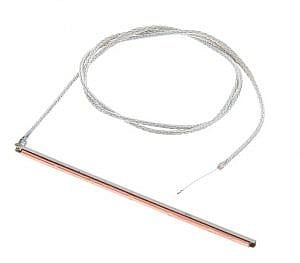
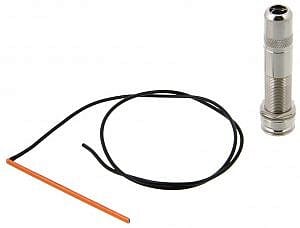
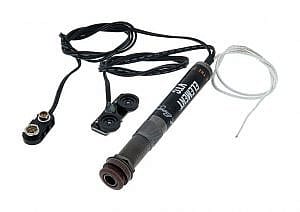
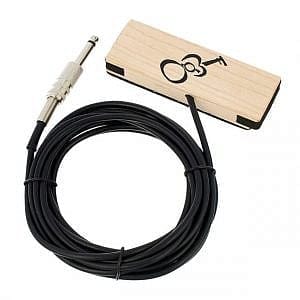
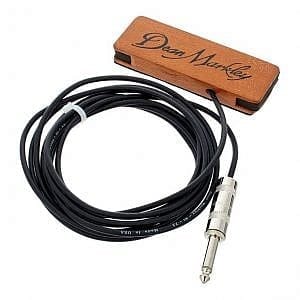
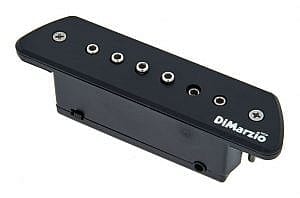
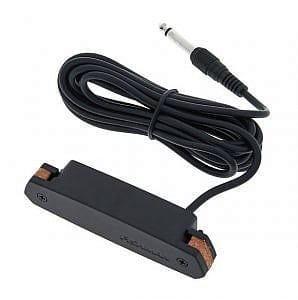
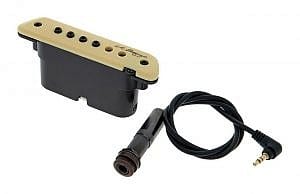
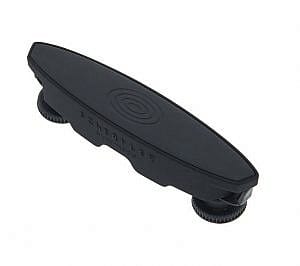
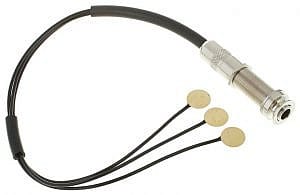
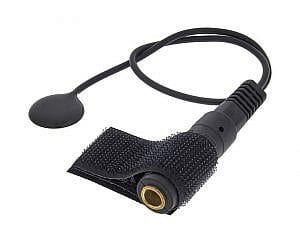
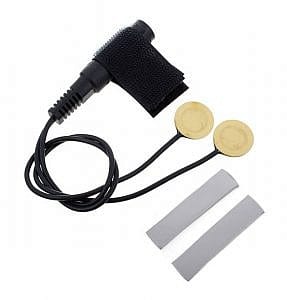
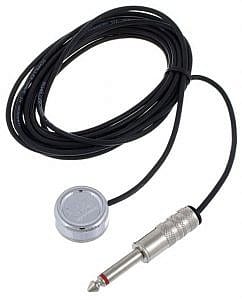
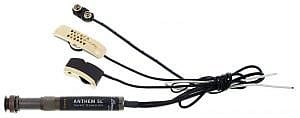
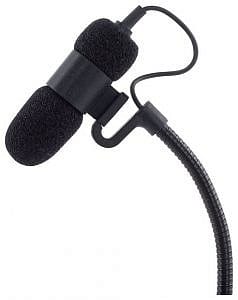
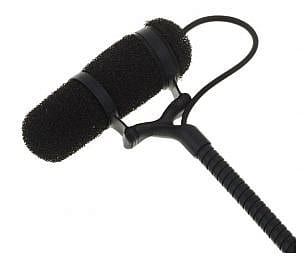
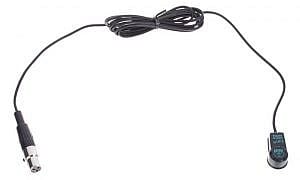
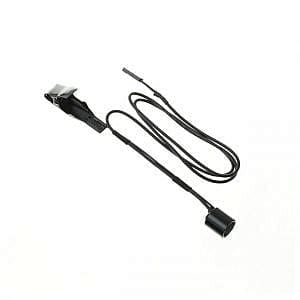
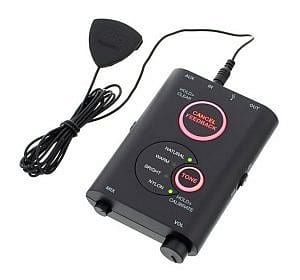
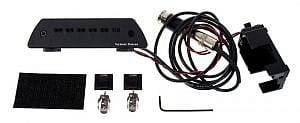
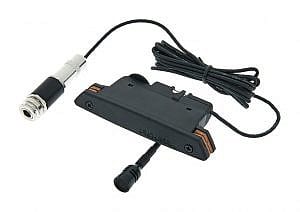
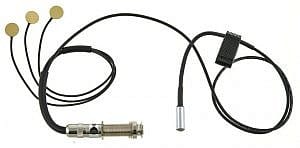

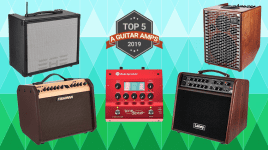

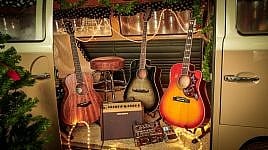
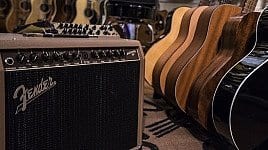

Kate Brownell says:
Nice article for those who are learning guitar. I have read the entire article and I am very much impressed after reading it. I came to know about the use of the guitar amplifier. I have also studied guitar anatomy and recently replaced the abr-1 bridge (https://faberusa.com/product-category/faber-tone-lock/) unit of my guitar. Thanks again for this content.
ali says:
Quite valuable piece, thank you Joe!
Andy says:
Very helpful article. I’d lazily assumed the Piezo was really the only way but clearly I was wrong! I’ll have to look into some of the other systems and ways and give them a try.
– Andy (https://www.guitarinsideout.com)
Joe says:
Give ’em a try, Andy! Thanks for reading and for your comment. Best, //Joe